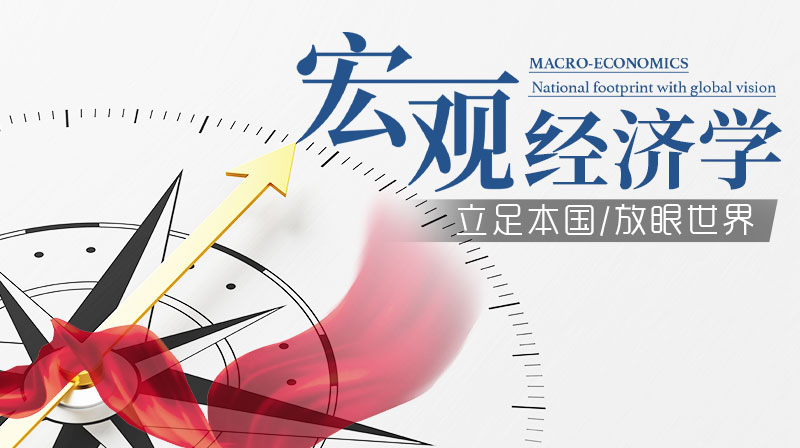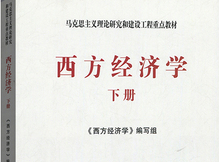第三章单元测试
Last year a country had 800 workers who worked an average of 8 hours and produced 12,800 units. This year the samecountry had 1000 workers who worked an average of 8 hours and produced 14,000 units. This country’s productivity was
Which of the following is an example of a produced factor of production?
Which of the following is considered human capital? Knowledge acquired from
Ralph is a plumber. Which of the following are included in his human capital?
In a market economy, we know that a resource has become scarcer when
Suppose over the last year that the price of iron ore increased from $1,200 a ton to $1,275 a ton. Over the same time ameasure of the overall price level increased from 150 to 156. The price of iron ore increased by
An understanding of the best ways to produce goods and services is called
Your company discovers a better way to produce mousetraps, but your better methods are not apparent from themousetraps themselves. Your knowledge of how to more efficiently produce mousetraps is
Which of the following is a determinant of productivity?
If the number of workers in an economy doubled, all other inputs stayed the same, and there were constant returns toscale, productivity would
A:higher this year than last year. A possible source of this change in productivity is a change in the size of thecapital stock. B: higher this year than last year. A change in the size of the capital stock does not affect productivity. C:lower this year than last year. A possible source of this change in productivity is a change in the size of thecapital stock. D: lower this year than last year. A change in the size of the capital stock does not affect productivity.
答案:lower this year than last year. A possible source of this change in productivity is a change in the size of thecapital stock.
A:a plant in which automobiles are assembled B: skills that people accumulate through experience C:skills that people accumulate in junior middle school
A:education programs B:job training C:experience
A: the knowledge he learned on the job, but not the tools he uses B:neither the knowledge he learned on the job nor the tools he uses C: the tools he uses, but not the knowledge he learned on the job D:the knowledge he learned on the job, and the tools he uses
A:people search for substitutes. B:All of the above are correct. C:it is non-renewable and some of it is used. D:its price rises relative to other prices.
A:more than inflation, so it became more scarce. B:more than inflation, so it became less scarce. C:less than inflation, so it became more scarce. D:less than inflation, so it became less scarce.
A:human capital. B: productivity. C:technology. D:physical capital.
A:proprietary technological knowledge. B:common technological knowledge. C:common, but not technological, knowledge. D:proprietary, but not technological, knowledge.
A:natural resources per worker B:physical capital C:human capital
A:stay the same. B:fall to less than one-half of its former value. C:rise but less than double. D:fall, but it would still be greater than one-half of its former value.







